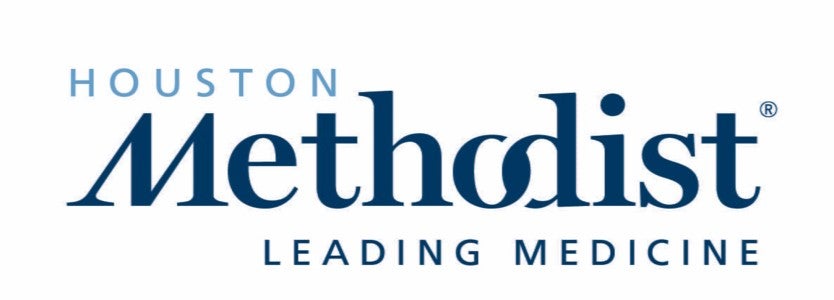
Houston Methodist Willowbrook Success Story
Houston Methodist Willowbrook Hospital (HMWB) is a leading Complex Care Medical Center in northwest Houston and part of the Houston Methodist System. It handles over 3,500 births annually, supported by 30-plus obstetricians and certified nurse midwives. As a teaching hospital for Texas A&M medical students and launching an OB/GYN residency in 2025, HMWB also collaborates with TexasAIM to improve maternal health outcomes. To address maternal hypertension, a major cause of preventable obstetric issues, HMWB strengthens protocols with simulation training and communication tools like TeamSTEPPS.
Approach & Goals
- To become a highly reliable organization, Houston Methodist Willowbrook Hospital aimed to improve maternal quality outcomes by providing a standardized education platform that promoted TeamSTEPPS to increase compliance with Maternal Early Warning Signs (MEWS) protocols and address maternal hypertension management.
- The goal was to improve patient outcomes by standardizing blood pressure revalidation frequency, hypertension medication protocols and MEWS team response.
Actions Taken
- All seven Houston Methodist entities that provide maternal and neonatal care participated with multidisciplinary teams in a two-day TeamSTEPPS Master Training course and then returned to their home entity to provide local TeamSTEPPS training. Teams specifically selected the following tools that could be implemented to help reach their goals:
- Situation, Background, Assessment, and Recommendation (SBAR) between nursing and physician staff to communicate a hypertensive emergency.
- Debrief after every delivery; additionally, an increased focus on debriefing high-risk but lower-frequency events such as maternal hypertensive emergencies.
- Propose and reinforce system-level modifications to the MEWS protocol:
- Implemented updated MEWS protocol in antepartum, obstetric emergency department, labor and delivery, and postpartum units and standardized multidisciplinary MEWS response.
- Reinforced utilization of standardized American College of Obstetrics and Gynecology (ACOG) algorithm for hypertensive emergency treatment including blood pressure revalidation within 15 minutes, physician bedside evaluation within 30 minutes and first-line medications within 60 minutes.
- Provided education to emergency and critical care units on the hypertensive emergency protocol to ensure standardized treatment of all maternal patients.
Positive Outcomes
- Results demonstrate a significant improvement in physician and Certified Nurse Midwife response to the bedside within 30 minutes of notification by an average of 141.78%.
- The goal of treatment within 60 minutes from the diagnosis of hypertensive emergency to initiation of treatment has improved by an average of 49.52% and has sustained >90% compliance since May 2023.
Recommendations
- Establish a robust platform for quality improvement by delivering comprehensive initial TeamSTEPPS training, complemented by ongoing reinforcement through regular refreshers on TeamSTEPPS tools.
- Conduct interdisciplinary training and simulations to improve compliance and engagement among stakeholders.
- Improve interdisciplinary communication using a standardized tool such as SBAR to ensure critical information about patient conditions and treatment is accurately conveyed and carried out.
- Analyze underperforming metrics to identify the appropriate TeamSTEPPS tool(s) for improvement. Then provide education on the tool, include it in simulation and reassess the metric data.
|


